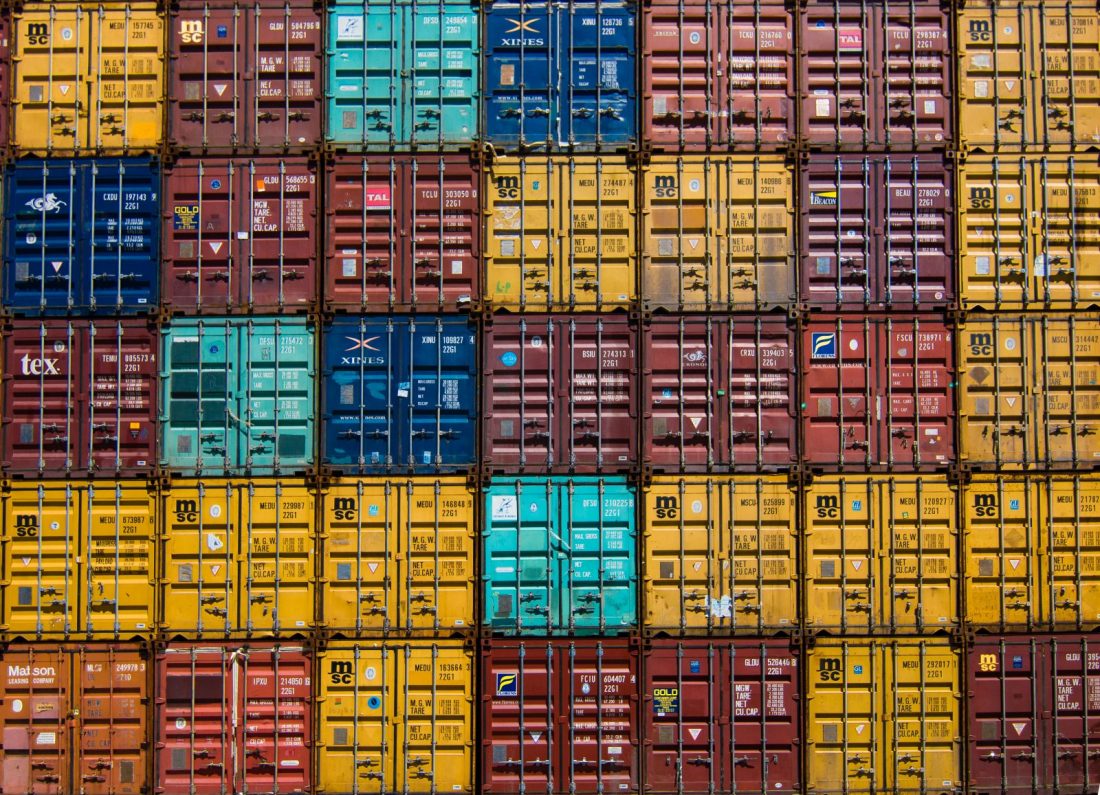Generate Terraform files for existing resources
You may find yourself in a position where a resource already exists in your cloud environment but was created in the respective provider’s GUI rather than in Terraform. You may feel a bit overwhelmed at first, but there are a few ways to generate Terraform files for existing resources, and we’re going to talk about the various ways today. This is also not an exhaustive list; if you have any other suggestions, please leave a comment and I’ll be sure to update this post.
Method 1 – Manual
Be warned, the manual method takes a little more time, but is not restricted to certain resource types. I prefer this method because it means that you’ll be able to see every setting that is already set on your resource with your own two eyes, which is good for sanity checking.
First, you’re going to want to create a .tf file with just the outline of the resource type you’re trying to import or generate.
For example, if I wanted to create the Terraform for a resource group called example-resource-group that had several tags attached to it, I would do:
resource "azurerm_resource_group" "example-resource-group" {}
and then save it.
Next, I would go to the Azure GUI, find and open the resource group, and then open the ‘Properties’ section from the blade.
I would look for the Resource ID, for example /subscriptions/54ba8d50-7332-4f23-88fe-f88221f75bb3/resourceGroups/example-resource-group and copy it.
I would then open up a command prompt / terminal and import the state by running: terraform import azurerm_resource_group.example-resource-group /subscriptions/54ba8d50-7332-4f23-88fe-f88221f75bb3/resourceGroups/example-resource-group
Finally, and this is the crucial part, I would immediately run terraform plan. There may be required fields that you will need to fill out before this comamnd works, but in general, this will compare the existing state that you just imported to the blank resource in the .tf file, and show you all of the differences which you can then copy into your new Terraform file, and be confident that you have imported all of the settings.
Example:
# azurerm_resource_group.example-resource-group will be updated in-place
~ resource "azurerm_resource_group" "example-resource-group" {
id = "/subscriptions/54ba8d50-7332-4f23-88fe-f88221f75bb3/resourceGroups/example-resource-group"
location = "centralus"
name = "example-resource-group"
~ tags = {
~ "environment" = "dev" -> null
~ "owner" = "example.person" -> null
~ "product" = "internal" -> null
}
}
A shortcut I’ve found is to just copy the entire resource section, and then replace all of the tildes (~) with spaces, and then find and remove all instances of -> null.
Method 2 – Az2tf (Azure only)
Andy Thomas (Microsoft employee) put together a tool called Az2tf which iterates over your entire subscription, and generates .tf files for most of the common types of resources, and he’s adding more all the time. Requesting a specific resource type is as simple as opening an issue and explaining which resource is missing. In my experience, he’s responded within a few hours with a solution.
Method 3 – Terraforming (AWS only)
Daisuke Fujita put together a tool called Terraforming that with a little bit of scripting can generate Terraform files for all of your AWS resources.
Method 4 – cf-terraforming (Cloudflare only)
Cloudflare put together a fantastic tool called cf-terraforming which rips through your Cloudflare tenant and generates .tf files for everything Cloudflare related. The great thing about cf-terraforming is that because it’s written by the vendor of the original product, they treat it as a first class citizen and keep it very up-to-date with any new resources they themselves add to their product. I wish all vendors would do this.
To sum things up, there are plenty of ways to generate Terraform files for existing resources. Some are more time consuming than others, but they all have the goal of making your environment less brittle and your processes more repeatable, which will save time, money, and most importantly stress, when an inevitable incident takes place.
Do you know of any other tools for these or other providers that can assist in bringing previously unmanaged resources under Terraform management? Leave a comment and we’ll add them to this page as soon as possible!


